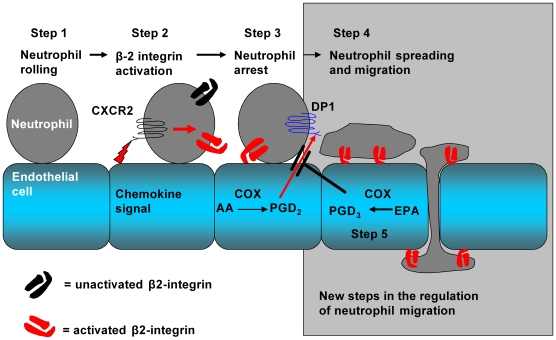Figure 1. Steps in the process of neutrophil recruitment.
Step 1: Neutrophils are captured from flow and tether and roll on tumour necrosis factor-α (TNF)-stimulated endothelial cells. Step 2: Neutrophils are then activated by the action of CXC-chemokines on the chemokine receptor, CXCR2, a process resulting in the activation of neutrophil β2-integrins. Step 3: β2-integrins engage counter receptors on the endothelial cell surface, and the neutrophil becomes stationary. Step 4: Prostaglandin-D2 (PGD2), generated by the action of cyclooxygenase enzymes on the n-6-PUFA arachidonic acid (AA), binds the PGD2 receptor, DP-1. DP-1 generates signals that stabilise neutrophil adhesion, induce neutrophil shape change, and support the process of transmigration across the endothelial cell monolayer. Step 5: If the endothelial cells have been supplemented with the n-3-PUFA, eicosapentaenoic acid (EPA), the alternative series prostanoid, PGD3, is generated, and this antagonises PGD2-mediated neutrophil responses.

